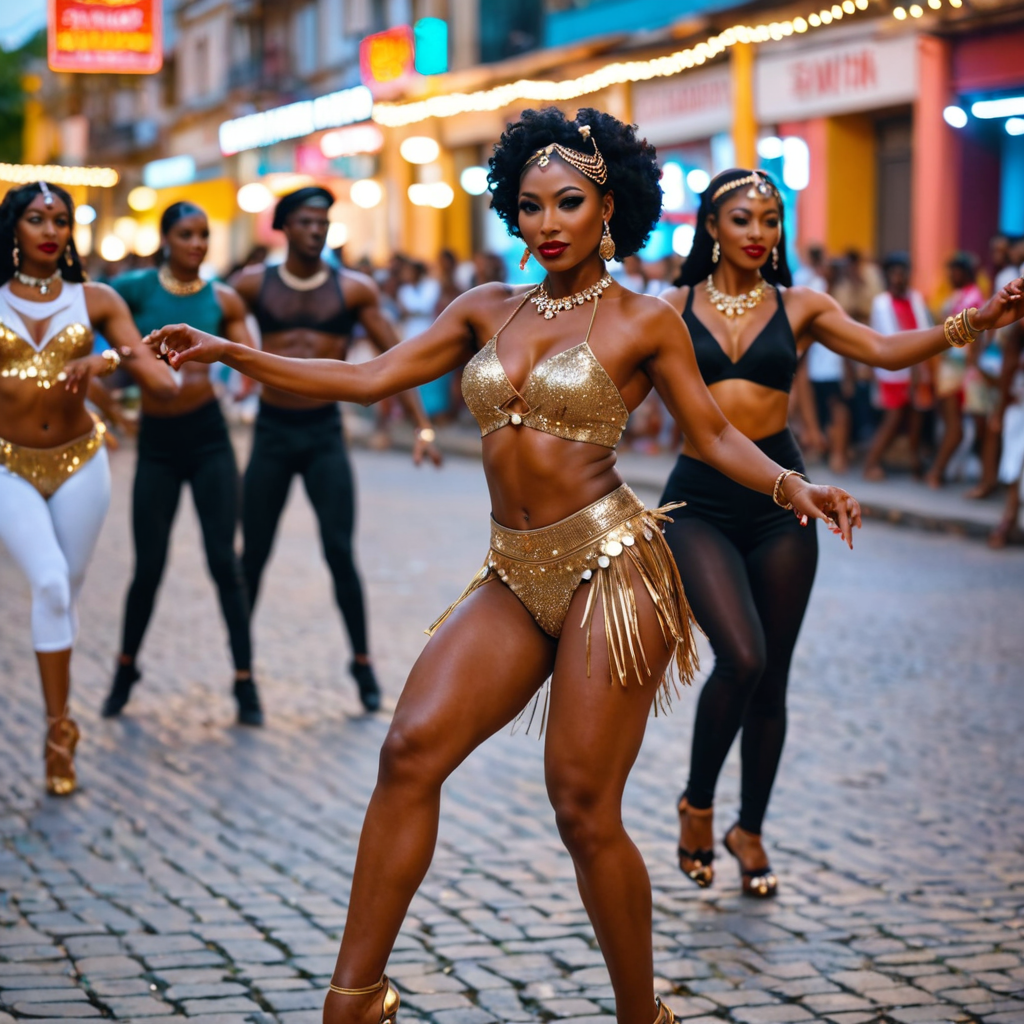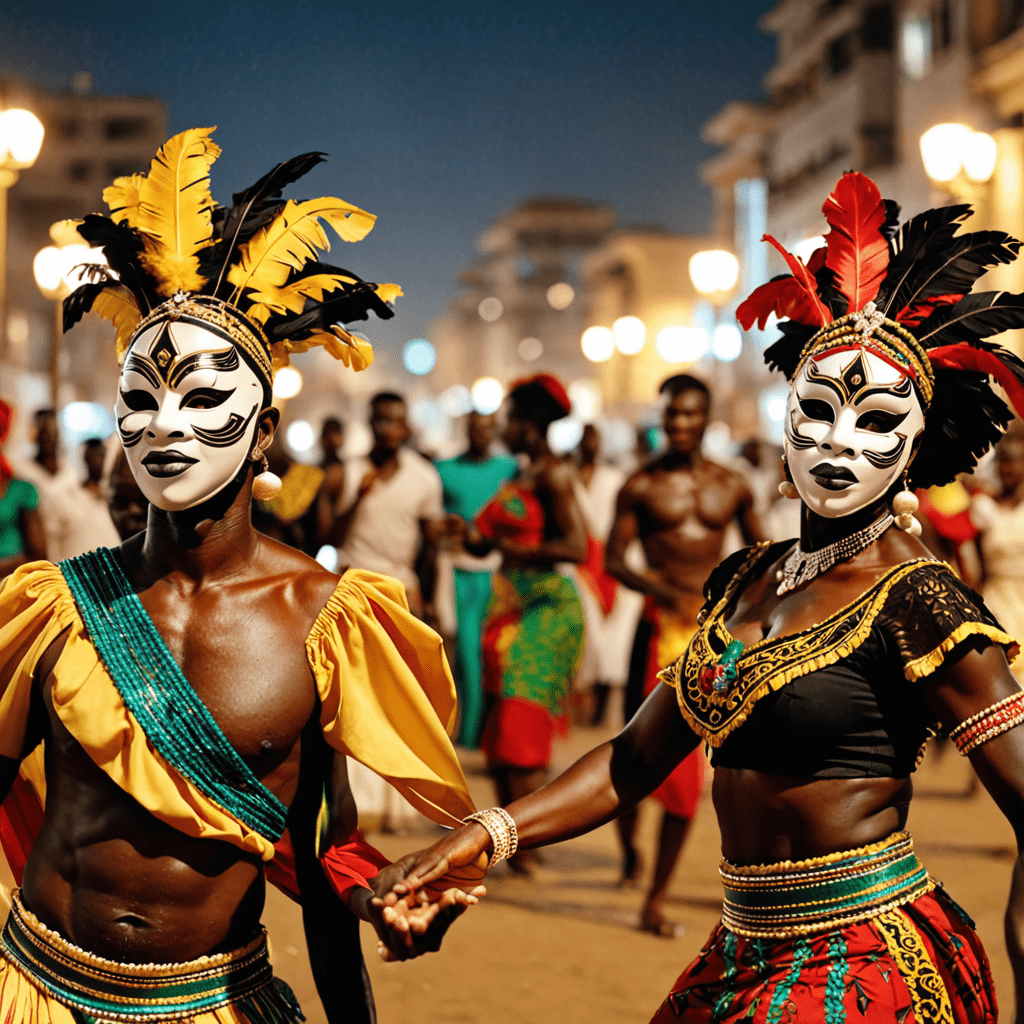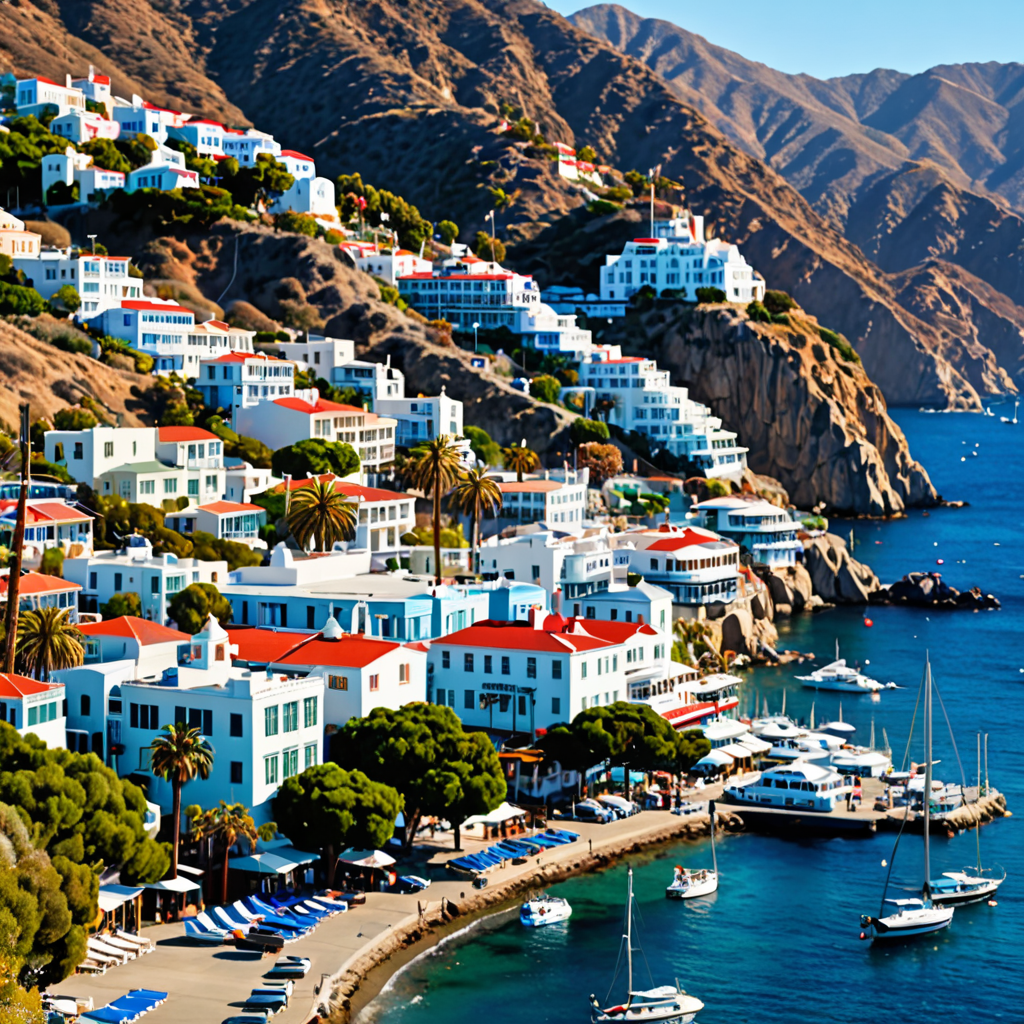
The Cultural Significance of the Reggada Dance
The Reggada Dance, originating from the Rif region in North Morocco, holds a special cultural significance that reflects the traditions and values of the indigenous Amazigh (Berber) people. This lively and spirited dance form has been passed down through generations, encompassing various elements that embody the essence of Berber identity and heritage.
Origins of the Reggada Dance
The Reggada Dance is deeply rooted in the history of the Amazigh people, with its origins tracing back to ancient Berber rituals and celebrations. It serves as a symbol of unity, joy, and community among the Amazigh tribes, highlighting the rich tapestry of their cultural heritage.
Symbolism in Movements
Each movement in the Reggada Dance carries symbolic meaning, reflecting aspects of daily life, nature, and spiritual beliefs of the Amazigh culture. From the rhythmic footwork to the hand gestures, every element tells a story and conveys emotions ranging from celebration to resilience.
Traditional Costumes and Music
Traditional attire plays a crucial role in the Reggada Dance, with dancers adorning vibrant garments adorned with intricate patterns and designs that pay homage to the Amazigh craftsmanship and artistry. The accompanying music, often featuring drums, flutes, and traditional instruments, adds depth and energy to the performance.
Celebrations and Festivals
The Reggada Dance is a central feature of many Amazigh celebrations and festivals, serving as a focal point for community gatherings and cultural events. It is performed during weddings, harvest festivals, and other significant occasions, bringing people together in a shared expression of joy and heritage.
Preservation of Heritage
As a vital aspect of Amazigh cultural heritage, the Reggada Dance plays a pivotal role in preserving and promoting traditional customs and values. Through continued practice and transmission of this dance form, the Amazigh people strive to safeguard their identity and heritage for future generations.
Global Recognition and Influence
In recent years, the Reggada Dance has gained recognition beyond the borders of Morocco, captivating audiences worldwide with its vibrant performances and cultural significance. Its unique blend of tradition and modernity has sparked interest and appreciation for Amazigh culture on a global scale.
In conclusion
In conclusion, the Reggada Dance stands as a poignant symbol of Amazigh cultural identity, embodying the resilience, spirit, and unity of the Berber people. Through its rich symbolism, vibrant performances, and deep-rooted traditions, the Reggada Dance continues to enchant and inspire individuals across the globe, serving as a testament to the enduring legacy of the Amazigh heritage.
FAQs about the Cultural Significance of the Reggada Dance
What is the Reggada Dance?
The Reggada Dance is a traditional Berber folk dance originating from the Rif region in Morocco. It is characterized by energetic movements, synchronized footwork, and vibrant music.
What is the cultural significance of the Reggada Dance?
The Reggada Dance holds cultural significance as it is a symbol of community unity, joy, and celebration among the Berber people. It is performed during various festive occasions, such as weddings, harvest festivals, and religious events, embodying the cultural heritage and identity of the Berber community.
How does the Reggada Dance reflect the cultural identity of the Berber people?
The Reggada Dance reflects the cultural identity of the Berber people through its unique choreography, rhythmic patterns, and traditional attire. The dance showcases the rich history, values, and traditions of the Berber community, serving as a form of artistic expression and cultural preservation.
Is the Reggada Dance still popular in modern Moroccan society?
Yes, the Reggada Dance remains popular in modern Moroccan society, not only within the Berber community but also among the wider population. It is often performed at cultural events, music festivals, and tourist attractions, showcasing the


